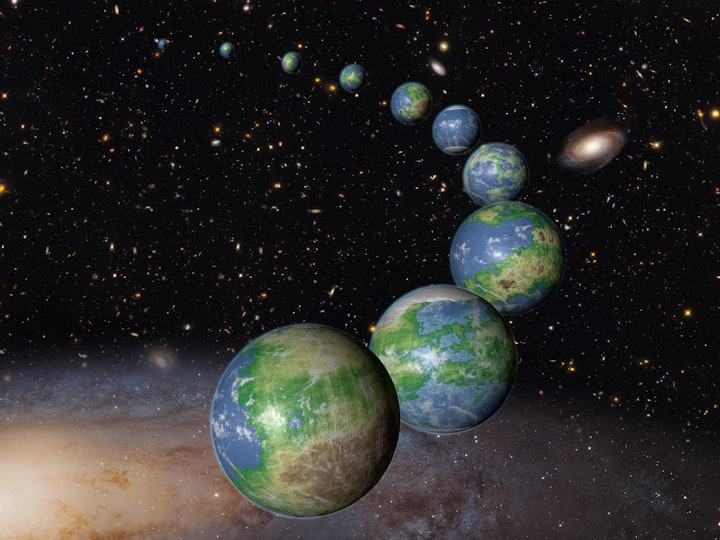Can Artificial Intelligence (AI) Help Deal With The Problem Of Toxins and Toxic Waste?
We should look to AI-enhanced robots for the answer.

Artificial intelligence probably won’t help much with stopping the production of nuclear and chemical toxins, except if used to monitor industries that tend to pollute.
It’s the job of governments to regulate polluting activities and then enforce those regulations. However, as far as cleaning up the chemical and nuclear toxic waste that already exists, there’s a role that AI (i.e., robots) can play by taking over from humans the arduous and dangerous hazardous waste clean-up tasks. AI-enhanced robots can do this work much more efficiently and safely by using AI-enhanced.
A primary focus should be on batteries.
“Technological items often have one thing in common: that they use some form of battery. Batteries are used in our smartphones, laptops, remote controls, etc. — useful but dangerous, and just as dangerous when discarded.”
— Danish Technological Institute
We’ve all been guilty of carelessly tossing used batteries into regular trash receptacles, with the batteries then winding up in landfills. The batteries then slowly release their deadly toxins into the soil, and those toxins can then seep into the environment and negatively affect our health.
“Toxic materials are poisonous byproducts as a result of industries such as manufacturing, farming, construction, automotive, laboratories, and hospitals which may contain heavy metals, radiation, dangerous pathogens, or other toxins. Toxic waste has become more abundant since the industrial revolution, causing serious global issues. Disposing of such waste has become even more critical with the addition of numerous technological advances containing toxic chemical components. Products such as cellular telephones, computers, televisions, and solar panels contain toxic chemicals that can harm the environment if not disposed of properly to prevent the pollution of the air and contamination of soils and water. A material is considered toxic when it causes death or harm by being inhaled, swallowed, or absorbed through the skin.
The waste can contain chemicals, heavy metals, radiation, dangerous pathogens, or other toxins. Even households generate hazardous waste from items such as batteries, used computer equipment, and leftover paints or pesticides. Toxic material can be either human-made and others are naturally occurring in the environment. Not all hazardous substances are considered toxic.
With the increase of worldwide technology, there are more substances that are being considered toxic and harmful to human health. Some of this technology includes cell phones and computers. Such items have been given the name e-waste or EEE, which stands for Electrical and Electronic Equipment. This term is also used for goods such as refrigerators, toys, and washing machines. These items can contain toxic components that can break down into water systems when discarded. The reduction in the cost of these goods has allowed for these items to be distributed globally without thought or consideration to managing the goods once they become ineffective or broken.”
— Wikipedia
This problem is human-made and should be stopped at the source by humans taking responsible actions to dispose of batteries and other toxic materials.
And suppose we discard this kind of toxic material in a manner that results in potential danger to our health. In that case, we must take proactive measures to eliminate or at least reduce that danger. That’s where the use of AI comes in. Using AI for such tasks can provide a great benefit to all of us.
Many people, including some experts in the field, have expressed concern that AI could develop in a way that presents an existential threat to humankind. Some see those concerns as justified, while others see them as an overblown exaggeration, sort of a Chicken Little “the sky is falling” worst-case scenario.
In any case, AI is not going away and is here to stay. So we must implement proper safeguards and ethical standards for developing and using AI and vigorously monitor how we use it.
But we must also take the best advantage of what AI has to offer, including helping us deal with the severe problem of dangerous toxins and hazardous toxic waste.
NOTE: The author is a retired corporate executive who spent over 35 years working in the information technology (IT) and services industry.
_________________
Thanks for reading. Copyright © Terry Mansfield. All Rights Reserved.
About the Creator
Terry Mansfield
Trying to be the best writer I can be. Specialist in eclecticism.






Comments
There are no comments for this story
Be the first to respond and start the conversation.